
Greenspan's Fraud
How Two Decades of His Policies Have Undermined the Global Economy
Recommendation
In this powerful, disturbing book, author Ravi Batra criticizes financial icon Alan Greenspan’s 14-year stint as chairman of the U.S. Federal Reserve. Greenspan steadily promoted his own ambitions and agenda, getting pretty much what he wanted in the secretive world of the Fed. The author says Greenspan often calculatedly used deceptive, incomprehensible language to hide his intentions and goals. Though this book uses much clearer language, it necessarily meanders, since understanding why Greenspan hid his motives and how he sold his policies requires a crash course in advanced economics, the Fed, politics and history. Greenspan is an ideologue whose long history is intertwined with complex economic theories. Batra tries to untangle enough of the U.S. economy’s inner workings to prove his contention that Greenspan perpetrated a national intellectual fraud. Even absent a smoking gun, Batra is clear on who he thinks wears the black hat. When he discusses the deficit and the failure to secure Social Security, he doles out plenty of blame for Greenspan to share with both political parties, Congress and a handful of presidents. getAbstract suggests this exposé to corporate treasurers, economists, business strategists, CEOs and financial reporters. Batra says that Greenspan’s policies have left future generations with a drastically changed world, and yet, most folks will have no idea what hit them.
Summary
About the Author
Ravi Batra has written six international bestsellers, including The Great Depression of 1990. He is a professor of Economics at Southern Methodist University in Dallas.










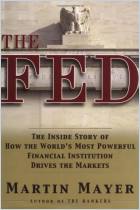
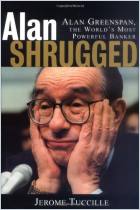
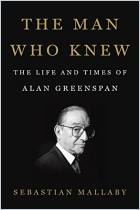
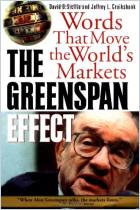
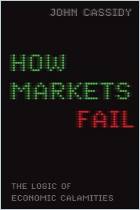


Comment on this summary or 开始讨论